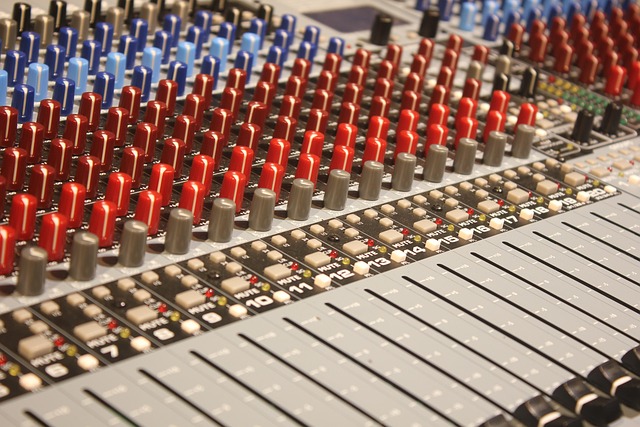Mastering the Art of Audio Recording: Understanding the Peak Meter
When diving into the world of audio recording, one must become familiar with various tools that enhance the quality of your audio. Among these tools, the peak meter stands out as a critical component in achieving that polished sound we all crave in our projects, whether you’re setting up a home cinema or creating your next big video masterpiece.
The Importance of Peak Meters
Peak meters serve as the visual representation of audio levels, helping you ensure that your recordings are neither too quiet nor painfully loud. These meters display the maximum signal levels in real-time, giving you the ability to adjust as necessary and avoid distortion. For those embedding their passion in audio for video, mastering your levels can mean the difference between an amateur clip and a piece of cinematic art.
Understanding Levels and Distortion
Imagine sitting in your home cinema, the lights dimmed, and the screen flickering to life with the sound coursing through your speakers. The effectiveness of that experience hinges on the quality of your audio recording. If the levels peak too high and cause distortion, it might distract from the story being told on screen. This is where a good understanding of peak meters becomes indispensable. You want to ensure that your sound design enhances the film’s ambiance, not detracts from it.
Setting Up Your Peak Meter
In practical terms, setting your peak meter involves finding that delicate balance between optimal performance and safety. Most audio recording devices and software come equipped with peak meters, but knowing how to interpret the readings can elevate your projects. Aim for your peaks to hover around -6 dB to -3 dB, which provides headroom for unexpected spikes without clipping. This practice not only improves your audio clips but also ensures that when they’re played back in a home cinema, they have a rich, full-bodied sound.
Pushing the Boundaries
It’s essential to push your creativity when recording audio for video. Experimenting with different sound levels and mixing techniques can lead to exciting results. With a clear understanding of how your peak meter operates, you’ll feel equipped to explore possibilities. Perhaps you’re capturing the rustling leaves in a forest for a nature documentary or the heartbeat of the crowd in a lively cinema room—each scenario requires you to leverage your understanding of peak levels to encapsulate the emotion effectively.
Integrating Audio and Video
As the lines between audio and video continue to blend in today’s digital landscape, the significance of quality sound should never be underestimated. The rise of home cinema systems has made it increasingly important for filmmakers, vloggers, and hobbyists alike to master tools like the peak meter. When your audio complements your visuals seamlessly, the viewer’s experience transcends mere watching and becomes an immersive journey.
In conclusion, understanding and mastering the peak meter is an invaluable skill for anyone serious about audio recording. Whether you’re fine-tuning a captivating audio backdrop for a video or setting the stage in your home cinema, the right sound levels can elevate your projects into realms of creativity you’ve only dreamt of. So, embrace the art of sound, let the peak meter guide you, and watch your audio skills flourish!



